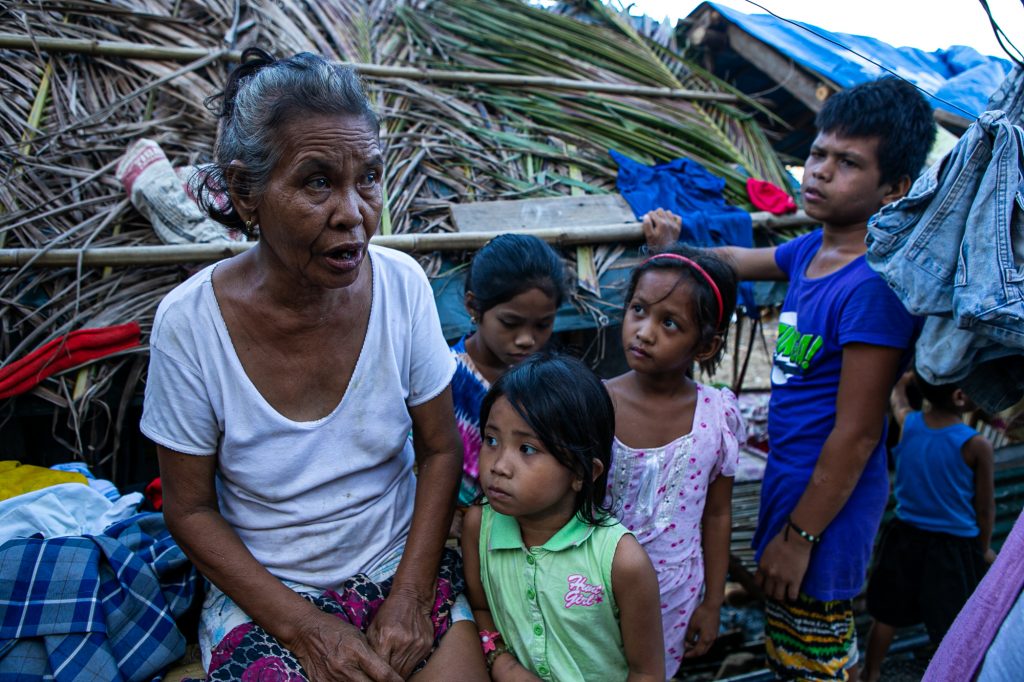
She knows that help is not coming, and the only way to keep body and soul together after a devastating typhoon is “to beg.”
For more than two weeks now, Annalyn Consulta has been standing the whole day on a roadside, hoping that “relief” is in one of the many vehicles that pass by the highway.
Together with more than 30 people, she would leave Bariis village in Tiwi town, Albay province, at dawn to be on time for potential “relief distributions.”
Annalyn’s upland village is among the hardest-hit by super typhoon “Rolly” (international name: Goni) after its landfall in town on November 1.
Before “Rolly” destroyed their homes, typhoon “Molave,” known in the country as “Quinta,” already damaged the villagers’ crops on October 23.
Annalyn says the situation worsened after typhoon “Ulysses” (international name: Vamco) brought more rain on November 11.
She says that since the onslaught of the typhoons “no relief assistance has reached our village yet.”
“It was after the havoc of ‘Rolly’ when we decided to go down to the highway and beg for food and wait for relief goods,” she says.
She can’t say how far, in terms of distance, the village is from the main road, but from her drowsy one can tell how tiring the journey was.
“We have to walk on huge rocks in the mountains for nearly one hour just to get here,” says the 28-year-old mother.
She says the long walk starts with an empty stomach and with a hope to find wild fruits along the way.
Once they reach the highway, the villagers would “wait for any blessing,” which, Annalyn says, “doesn’t come frequently.”
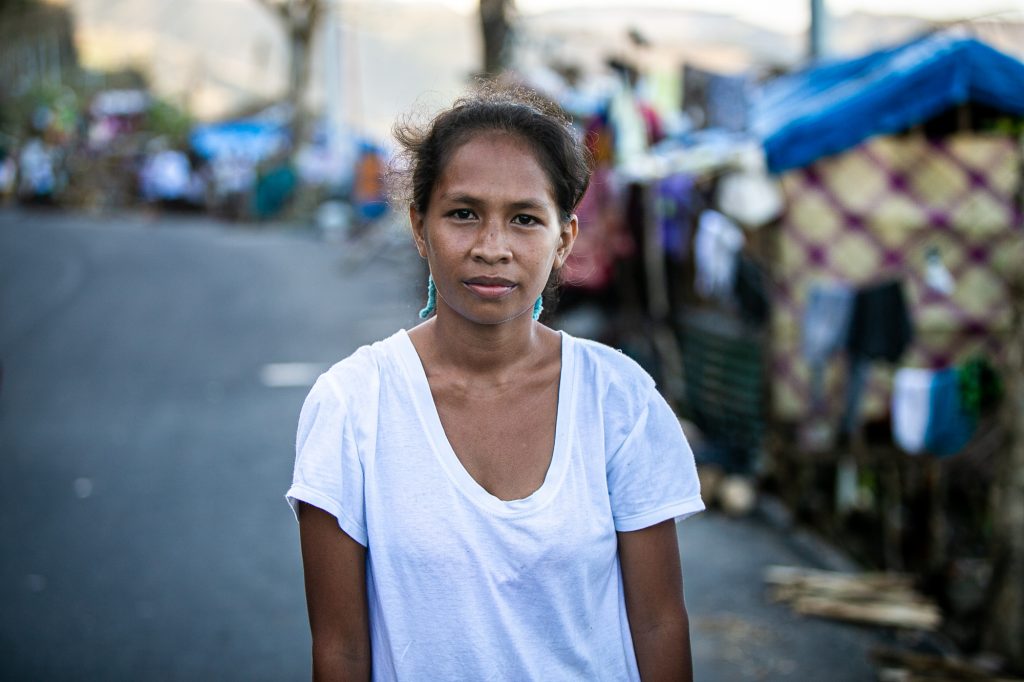
“We persevere to come to the highway from the mountains every day because we know the government will distribute relief packs and materials that we can use to rebuild our houses,” she says.
But there is no guarantee that they will be included in whatever relief distribution program.
Annalyn says aid providers seem to prioritize those who live in the lowland and those whose houses were totally damaged by the typhoon.
For most days, she and the other villagers would return to their homes empty-handed.
On the same road with Annalyn is a community of the indigenous people Agta-Tabangnon.
Like the upland villagers, members of the tribe rely on emergency packs that the local government and non-government groups provide.
Nanay Consolacion, a 72-year-old member of the tribe, says the typhoons destroyed their crops, their only source of food and livelihood.
The more than a thousand indigenous people in the town of Tiwi survive on their Abaca, coconut, and vegetable plantations. The typhoons, however, destroyed more than 90 percent of their crops.
“We will have to wait for our crops to grow again,” says Consolacion.
“In the meantime, we have no other choice but to rely on aid and to hope that this aid comes when it is badly needed,” she says.
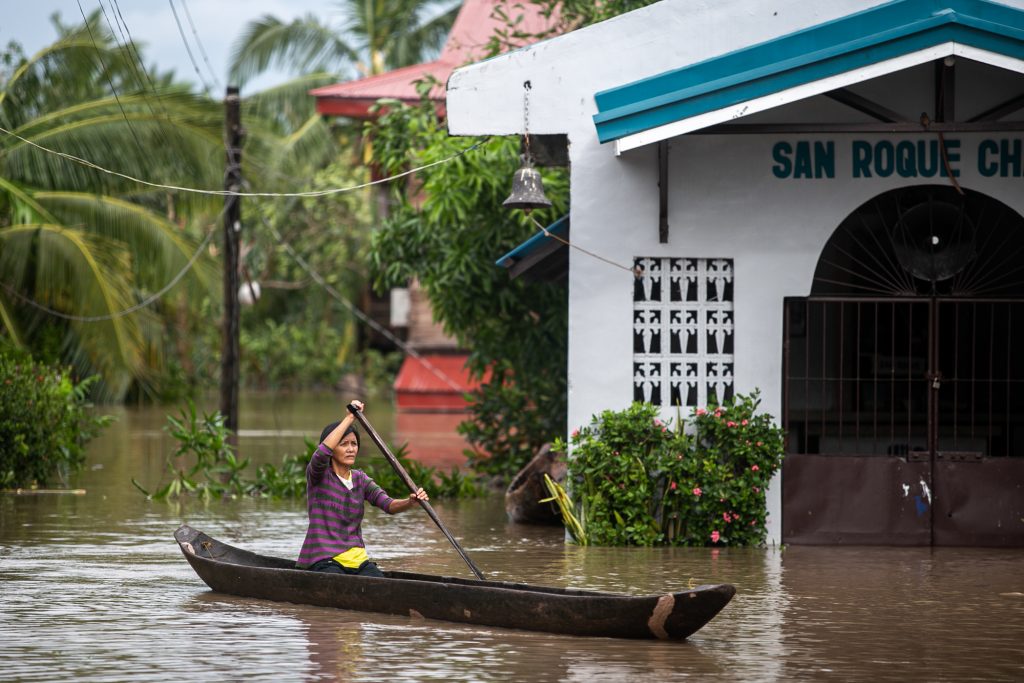
Filling in the gaps
The influx of international and local humanitarian actors in disaster-stricken regions underscores the huge gap in the government’s response to the crisis.
Father Geowen Porcincula of the Congregation of Missions said every time disaster strikes in the country, non-government aid providers fill in the services that the government fail to deliver.
The priest, who heads the congregation’s humanitarian response program, said despite the presence of various aid providers “many communities are still being left behind.”
“One major problem is the overall system, or design, of the response that must come from the national government,” he said.
Without it, we are not hitting the real target,” he said.
“We are entering the third week since the typhoon destroyed the province (of Catanduanes), but a significant amount of emergency relief assistance is still needed,” said the priest.
While the government reported that at least 34,178 houses were damaged in five regions, the social action arm of the Diocese of Legazpi said at least 23,000 houses were totally damaged in the province of Albay alone.
Father Rex Paul Arjona, director of the social action arm of the diocese, said his office aims to serve at least 10 percent of the total number of totally damaged shelters.
The diocese has also established a “relief hub” that will coordinate relief distributions in “underserved” communities.
“There are many groups – small organizations or private offices — that bring in aid,” said Father Arjona. “We help them identify the right community to bring the aid.”
He said the path to recovery “is still a long way to go” and will require the help of all sectors.
“Everyone must come forward and help in rebuilding these communities. It is more challenging now because we can’t rely on the national government,” said the priest.
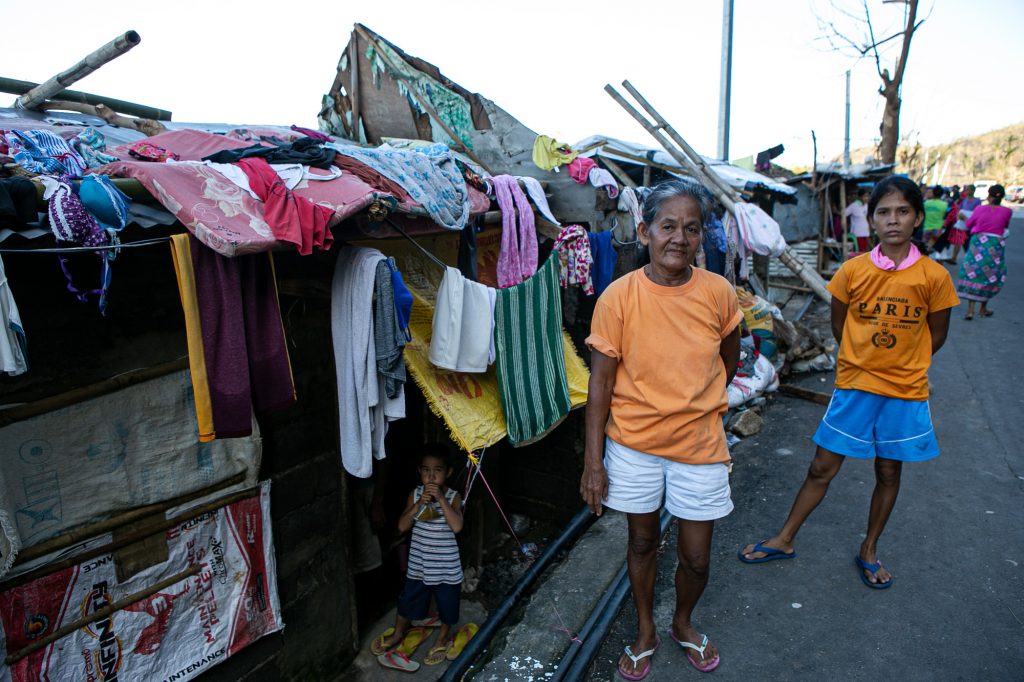
Identifying the gaps
The National Council of Churches in the Philippines (NCCP) has already started to conduct a “census” on “underserved” communities.
A day after typhoon “Ulysses” hit the country on November 12, the Protestant church group mobilized a team to map out communities that need immediate relief assistance.
NCCP’s Sylwyn Sheen Alba-Salvador noted that many communities, especially in far-flung villages, have not received assistance weeks after the earlier disasters.
She said the lack of assistance shows the gap in the government’s response.
“If we will not act on it, it will lead to bigger problems, such as hunger, malnutrition, and mental health crisis because people are already starving,” warned Salvador.
She said NCCP will be conducting relief operations in “underserved” communities in the coming weeks “to lessen the gap brought about by slow government response.”
“The gap in the humanitarian response also manifests the government’s unpreparedness,” said Salvador, adding that there seems to be no early concrete plan in place.
The government’s National Disaster Risk Reduction and Management Council reported a total of 523,871 families, or more than two million individuals, in eight regions affected by typhoon “Ulysses.”
About 80,160 families, or 306,497 persons, were staying in 2,595 evacuation centers.
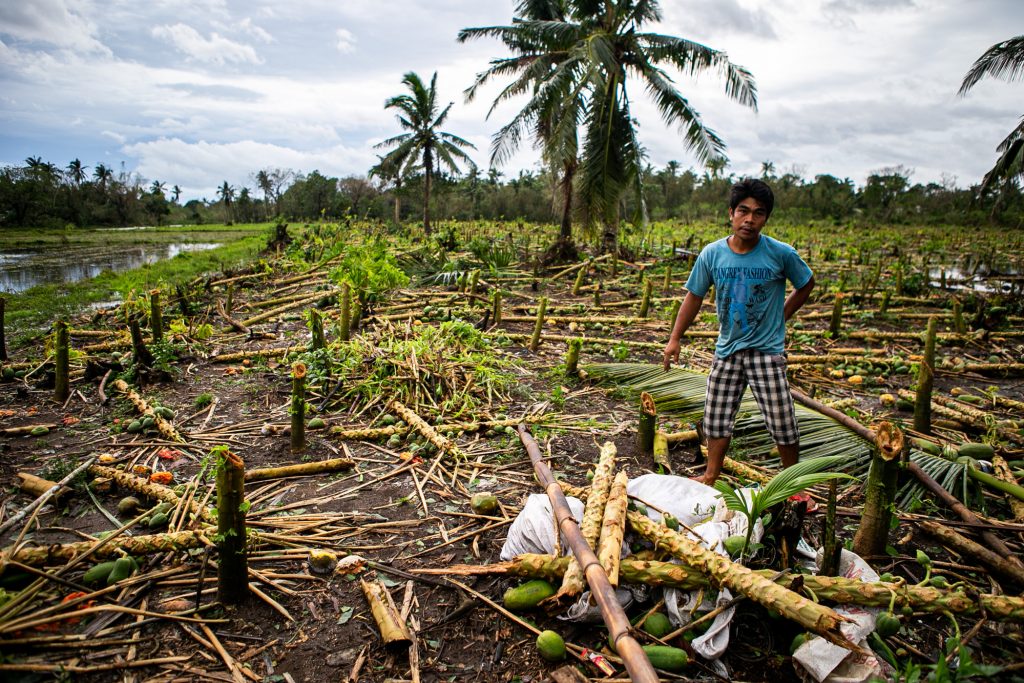
Father Arjona said local government units have been doing their best to respond to the needs of the people, “but they, too, are already exhausted.”
“The resources and finances of most, if not all local government units in the region, are already exhausted and depleted because of the coronavirus pandemic,” he said.
“Do we really have a national government? It is the local government and the line agencies that are only performing,” he said.
Father Arjona said the gap in humanitarian response and the lack of interventions in many “underserved” communities “is an artificial issue.”
“The problem is with the decision-making process with regard to budget allocation,” he said, adding that the national government is “not prioritizing disaster preparedness.”
Meanwhile, Annalyn continues to beg for help on a roadside, hoping that “relief” is in one of the many vehicles that pass by the highway.
Source: Licas Philippines
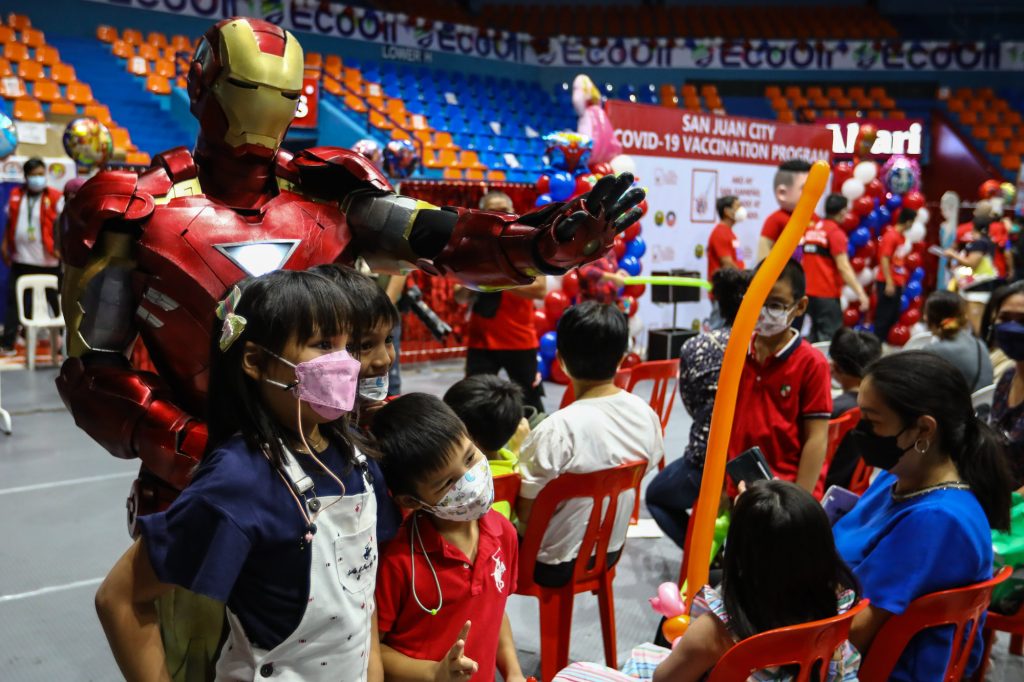
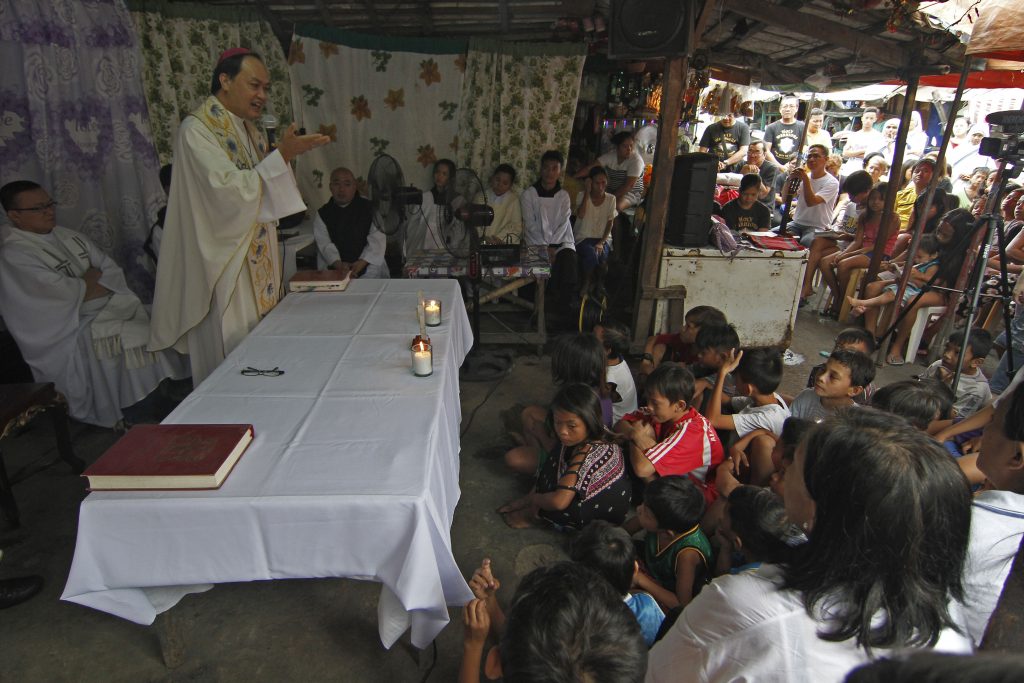
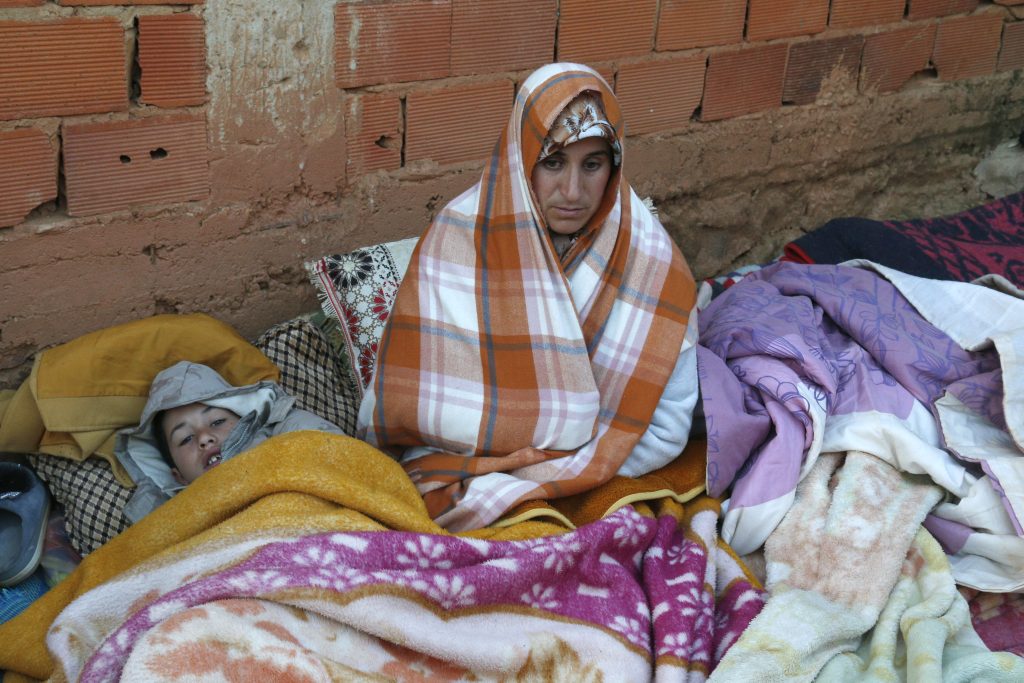



0 Comments